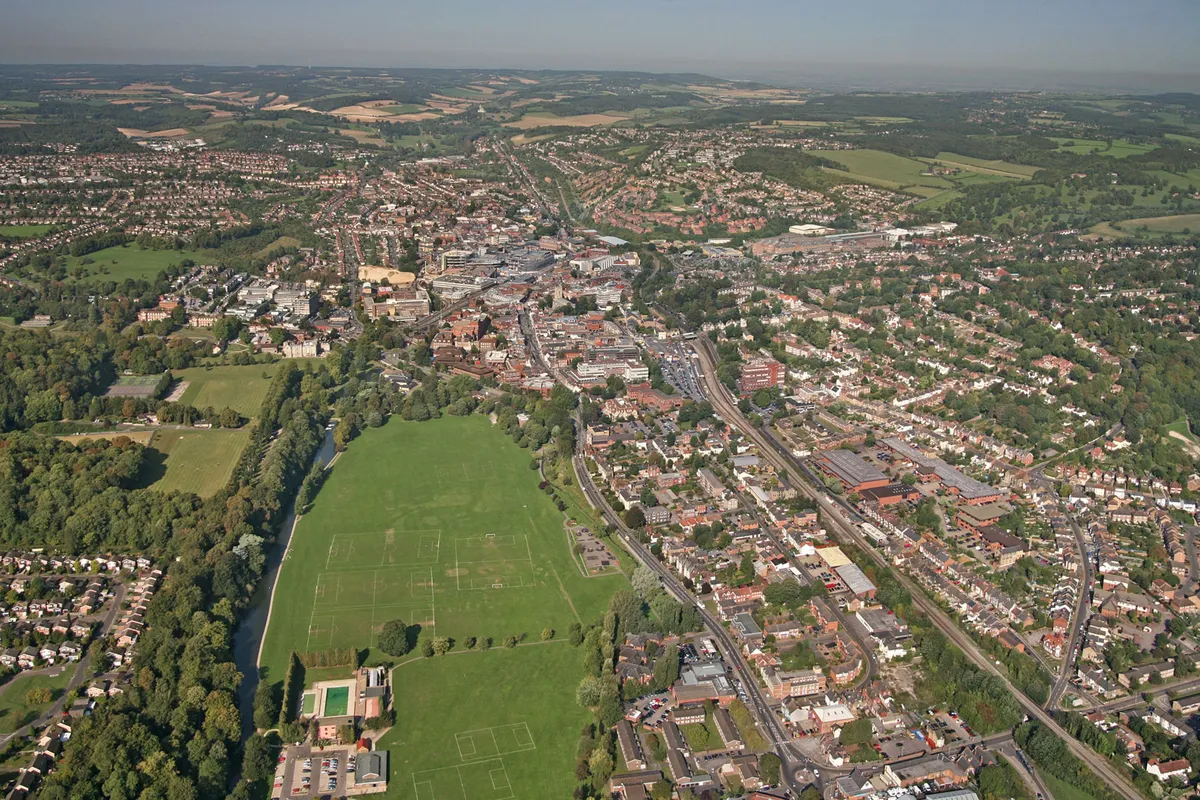England’s 34 Areas of Natural Outstanding Beauty were created in the wake of the Second World War to become part of our landscape heritage. As an important source of enjoyment and inspiration for millions of people, they should be treasured for future generations, says potter, author and President of the Campaign to Protect Rural England Emma Bridgewater
When we’re seeking inspiration, my husband Matthew and I will instinctively head outdoors into the countryside – whether that’s to have a picnic or look at an old church (we’ve always been huge church-crawlers). It means so much to me, to be able to get out and do that sort of thing, and it’s been a lifeline for us through stressful times. Everyone should have access to the countryside and green spaces.

This enduring passion for the countryside is one of the reasons that I’m proud to be the President of Campaign to Protect Rural England (CPRE), following in the illustrious footsteps of Poet Laureate Andrew Motion, broadcaster Jonathan Dimbleby and author Bill Bryson.
Voices like CPRE help make sure that our countryside, rural businesses and communities thrive and are part of our national and local conversation. Amongst other things, CPRE campaigns for affordable rural housing, farming that gives us a healthy environment in addition to food, and inspirational urban regeneration to help take the pressure off our green fields.
CPRE recently launched new research that shows despite, in theory, being some of our most protected landscapes, England’s Areas of Outstanding Natural Beauty (AONB) are under threat from a ‘build at all costs’ mentality.
But, what exactly is an AONB? England’s 34 AONBs were presented as a gift to the nation for its war-time sacrifices in defending our green and pleasant land. This was part of the National Parks and Access to the Countryside Act 1949.
AONBs’ main purpose is to conserve and enhance natural beauty. Beauty, such as the Woodbury Down in Lyme Regis or the Chiltern Hills, not far from my home.
More than two-thirds of England’s population live within 30 minutes of an AONB. These oases of tranquillity enhance the health and well-being of both people and wildlife. They are also highly valued by local businesses, attracting tourists and generating an important market for local farmers and growers. In short, AONBs have become a treasured part of our countryside heritage, not just for us to enjoy but for future generations as well.
But there’s a scandal that’s quietly unfolding. Housing developers are increasingly applying pressure on local authorities to build major housing developments (10 houses or more) on AONBs by exploiting poorly defined and conflicting national planning policy.

CPRE’s research Beauty betrayed: how reckless housing development threatens England’s AONBs, shows that almost 15,500 houses have been approved in Areas of Outstanding Natural Beauty in the past five years, despite their ‘protected’ status. We’ve seen a five-fold increase in the amount of AONB land set to be lost under concrete in these celebrated landscapes. The south east and southwest are under particular pressure with just eight AONBs account for 74% of all housing applications.
The solutions aren’t simple but by taking account of local people’s housing needs, creating housing that is appropriate to the landscape in which it sits, and focusing our large-scale housing development in urban areas we can protect these beautiful areas for the next generation. That’s not a political thing – it’s about our common humanity.
To find out more about the CPRE visit: www.cpre.org.uk
Main image: Footpath meanders along the top of Dunstable Downs in the Chilterns, Bedfordshire/Credit: Getty
